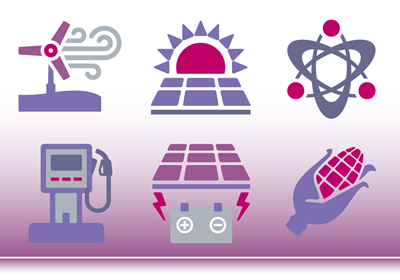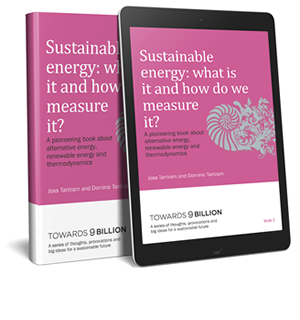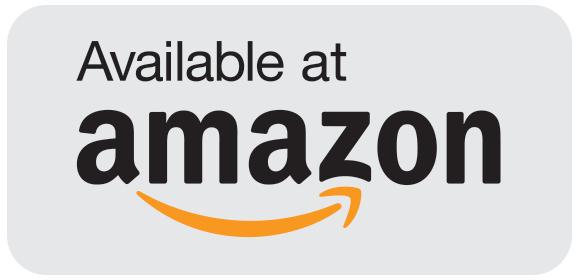What are they and how do we achieve them?
“Direct radiations you must have in order to keep your bodies alive, and to grow your food, and provide fresh water; and they could continue to sustain you for millions of years. But intelligence held at subsistence level cannot come to flower. To grow and expand it needs power.
Recently you have learnt to exploit the stored-up energy of your sun – for that is what your fuels are – and advance towards an objective. What is your objective?”
John Wyndam (from “Chocky”, 1963)
The energy imperative
Are we moving closer towards sustainable energy systems? Last week, on the 21st April 2017, the UK experienced its first full day in 130 years when no coal was burnt to generate electricity, a clear sign of the huge shift that power networks are undergoing towards a wider mix of energy sources. A significant proportion of these sources were renewable, 34% of the country’s power on that day was produced by wind, solar and biomass. While there are reasons to suggest that this was not typical – for instance, energy demand was low after the Easter holidays – it is indicative of a wider shift in electricity generation that has seen many industrialised countries diversify from coal towards a higher proportion of generation from previously marginal and unfavoured sources. In the UK, this has seen the percentage of overall power derived from drop from 23% in 2015 to 9% in 2016 (figures from Financial Times 22/04/17).
day was produced by wind, solar and biomass. While there are reasons to suggest that this was not typical – for instance, energy demand was low after the Easter holidays – it is indicative of a wider shift in electricity generation that has seen many industrialised countries diversify from coal towards a higher proportion of generation from previously marginal and unfavoured sources. In the UK, this has seen the percentage of overall power derived from drop from 23% in 2015 to 9% in 2016 (figures from Financial Times 22/04/17).
The use of energy, its sources and the impacts which arise from these is a hot topic. With increasing acceptance of the implications for the climate of our current dependence upon fossil fuel, more attention and effort has gone into exploring how we might develop sustainable energy systems.
Energy is the underlying currency behind everything we do. It’s a requirement for all human activity, commercial or otherwise, whether it needs direct energy in the form of calories/kilowatts or is indirect – an embedded component of the goods or raw materials we buy.
The focus of the effort to develop more sustainable energy systems has been in two main areas; increasing the efficiency of energy use and changing the sources of energy used for commercial, industrial and domestic purposes.
If a sustainable energy system is a priority for our planet, what are the features, characteristics and unintended consequences we should bear in mind in its design and execution?
Efficiency & technology – one step forward and two steps back?
Energy efficiency, often called the ‘5th Fuel’, has been a significant focus for recent regulation. ESOS (Energy Savings Opportunity Scheme) and the CRC (Carbon Reduction Commitment) are two initiatives which apply to business, but there are also energy efficiency labelling systems for domestic goods, cars, private houses and requirements for minimum energy (MEES) efficiency performance for residential letting.
New technology can provide simple quick wins for reducing energy use – e.g. LED lighting. However, it can also give rise to a proliferation in energy consuming gadgets, for example, as we ask more from our mobile technology, the requirement to charge daily rather than every few days has risen, as has the amount of embedded energy that resides in our pockets. The the average smart phone has an energy footprint of 1 gigajoule, reflecting the highly energy-intensive manufacturing processes for the superconductors and chipsets they contain. In addition, while a move to dematerialising products and services through the increase of online transactions and electronic trade has had some benefits in terms of energy consumption, the picture is not always clear. Server farms are very energy hungry and often we may be saving energy in one place only for it to be ‘spent’ elsewhere. Exporting our energy impacts from one part of the world to another will not deliver a globally sustainable energy system.
However, were we able to access cheap and clean energy, then the efficiency of our use would be less of an issue. Unfortunately, our energy infrastructure (especially in the western world) has been designed according to a model of large-scale generation and long distance transmission. This is something that renewables struggle with, they provide energy that requires aggregation (concentration before use) whereas fossil fuels provide forms of ready-concentrated energy.
Energy infrastructure and use – building sustainable energy systems
Our ability to move from a reliance upon one type of energy to another is largely dependent upon the infrastructure in place, one of the reasons why some countries which have lacked conventional infrastructure have leapt ahead with renewables. In the UK we have a grid system that was not designed to be two-way, or to allow the aggregation of many small sources of energy generation, though this is may be changing with the development of smart grids.
When renewables are assessed against coal, oil and natural gas (CONG) as direct replacements we have immediate problems. They are not ‘always on’ (but conversely not always burning fuel) and they can lack the energy density or power needed to provide a direct replacement. Moving away from this towards an ecosystem based upon renewables will require far reaching and iterative changes in the way we provide and use power, and most likely a far higher level of differentiation between uses and the systems that support them than we have in place at present.
Ultimately, in order to achieve a sustainable energy system and truly make use of renewable energy we will need to develop diverse models of supply and demand which may be defined by a new typology of demand, differentiating the needs of specific consumers.
As an example, we may have industrial systems that require and are provided with high quantities of continuous power, but this could be provided as a function specific to this use. Domestic energy requirements may be met separately through multiple systems; space and water heating provided by solar with or without short-term interim storage. Ephemeral high power needs such as cooking could be met through battery, flywheel or pumped storage or via neighbourhood flow batteries. There is also scope for the further development of stock-able renewables (e.g. biomass, ethanol, hydrogen etc.) which would help moderate supply and distribution issues.
Further reading
More ideas on energy and sustainability, how we might understand the physics of energy transitions as a basis to value energy and criteria to assess sustainability and the design of sustainable energy systems can be found in ‘Sustainable Energy: what is it and how do we measure it?’, the second in our Towards 9 Billion series of five e-Books. The Towards 9 Billion books are designed to provide inspiration, hope and practical ideas for everyone working to build a sustainable future.

The book is available for the price of a cheap(ish) coffee from the Amazon Kindle store.

A version of this piece was first published by Edie on 12/08/16


Leave a Reply